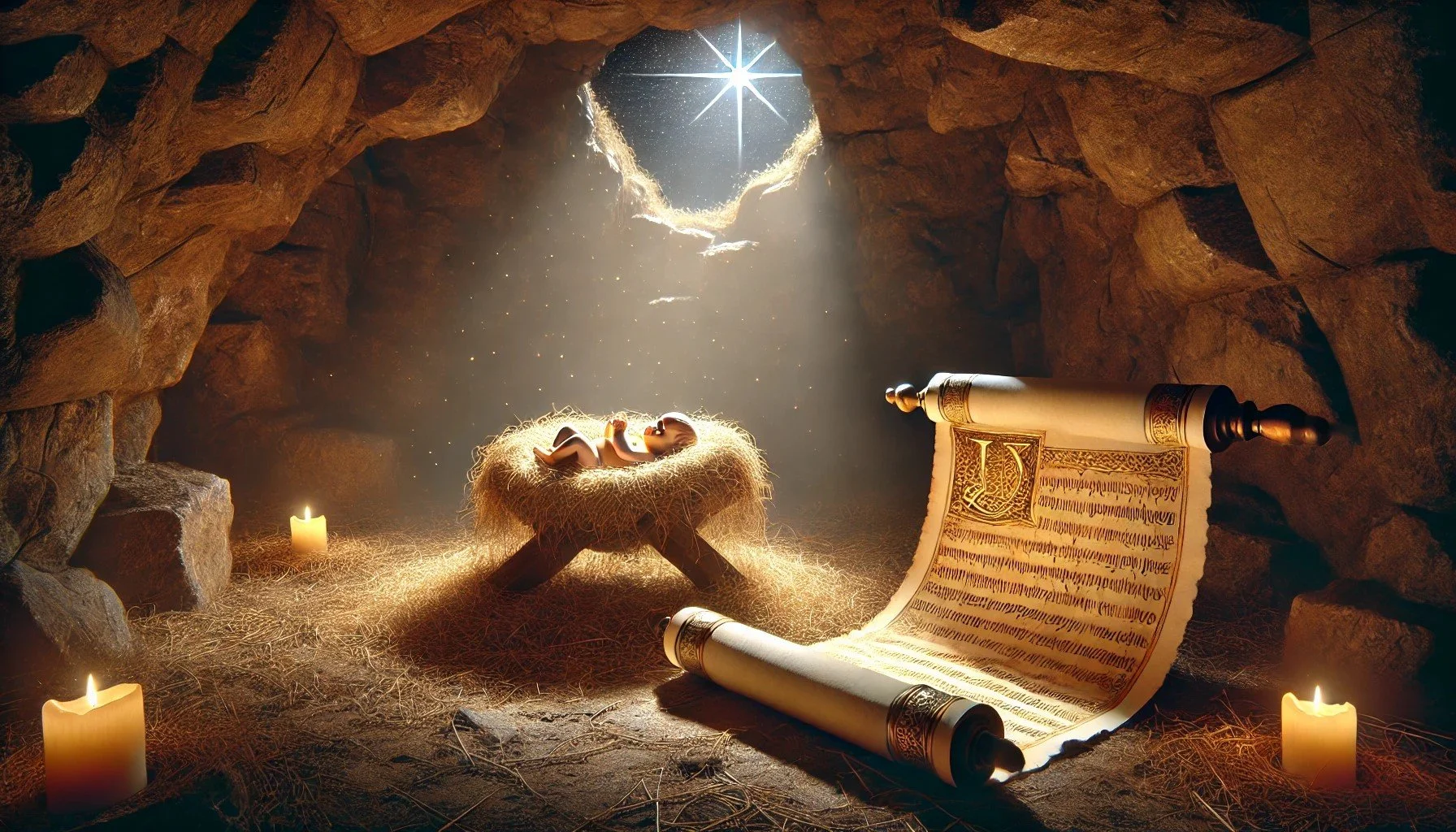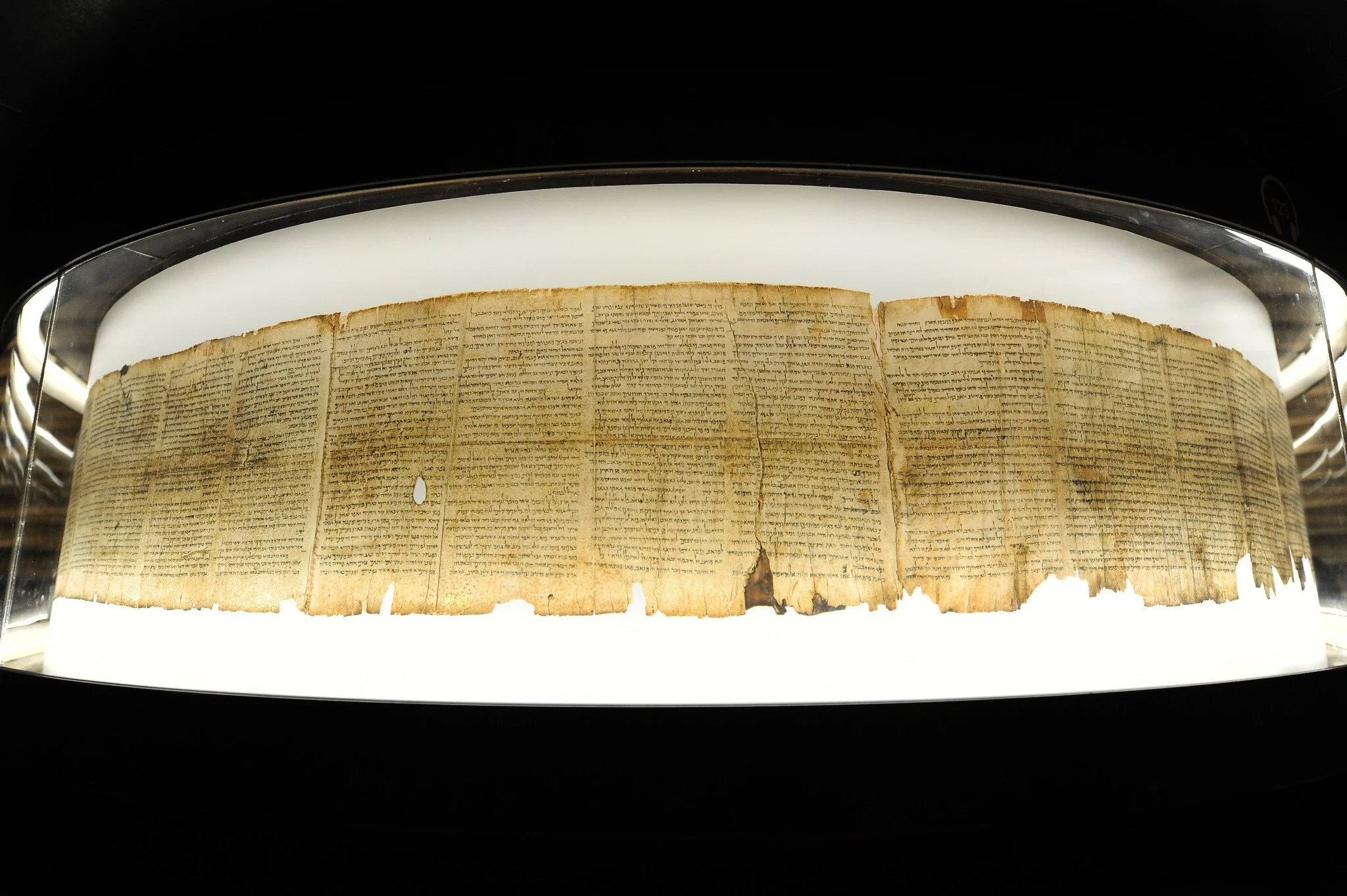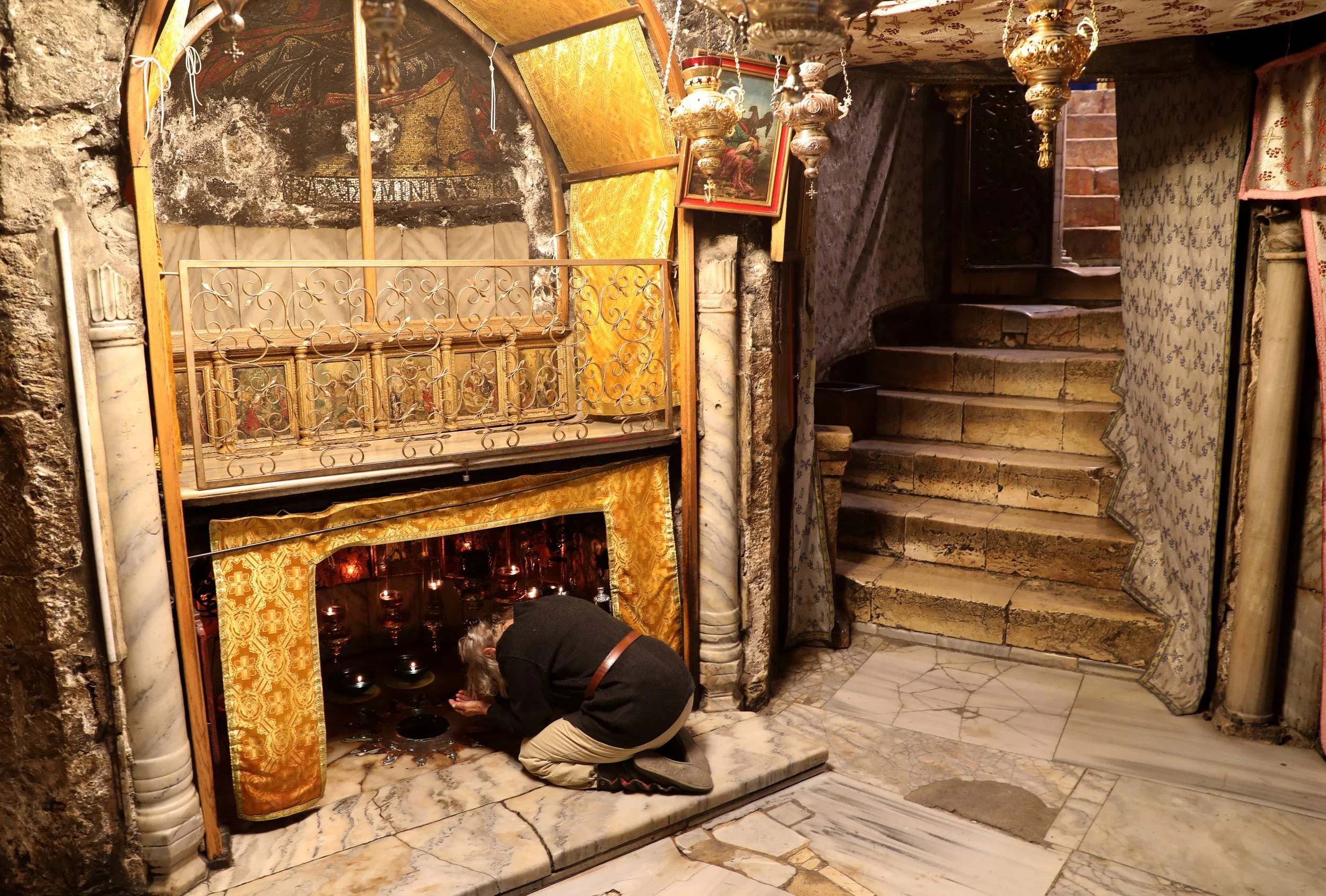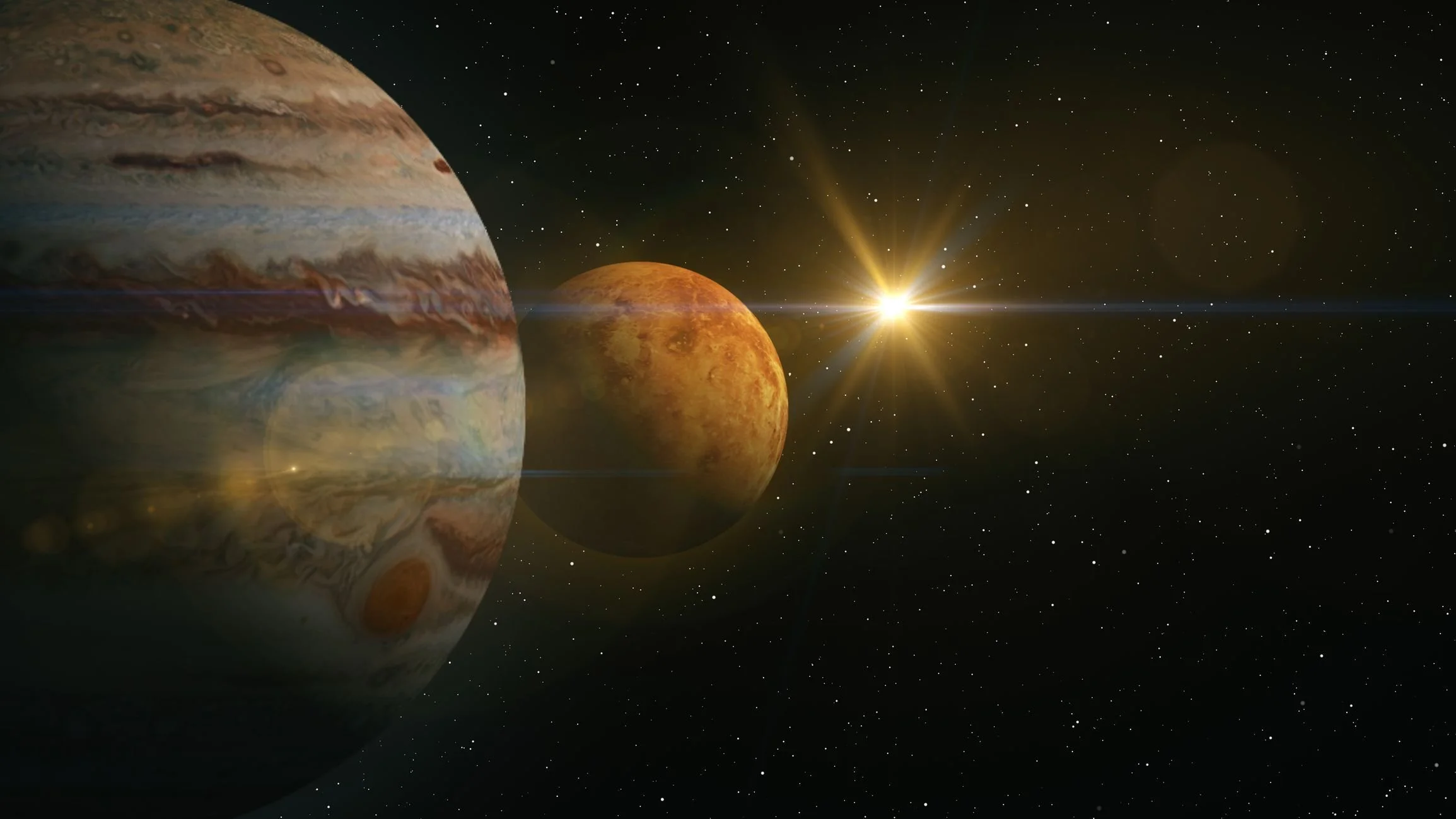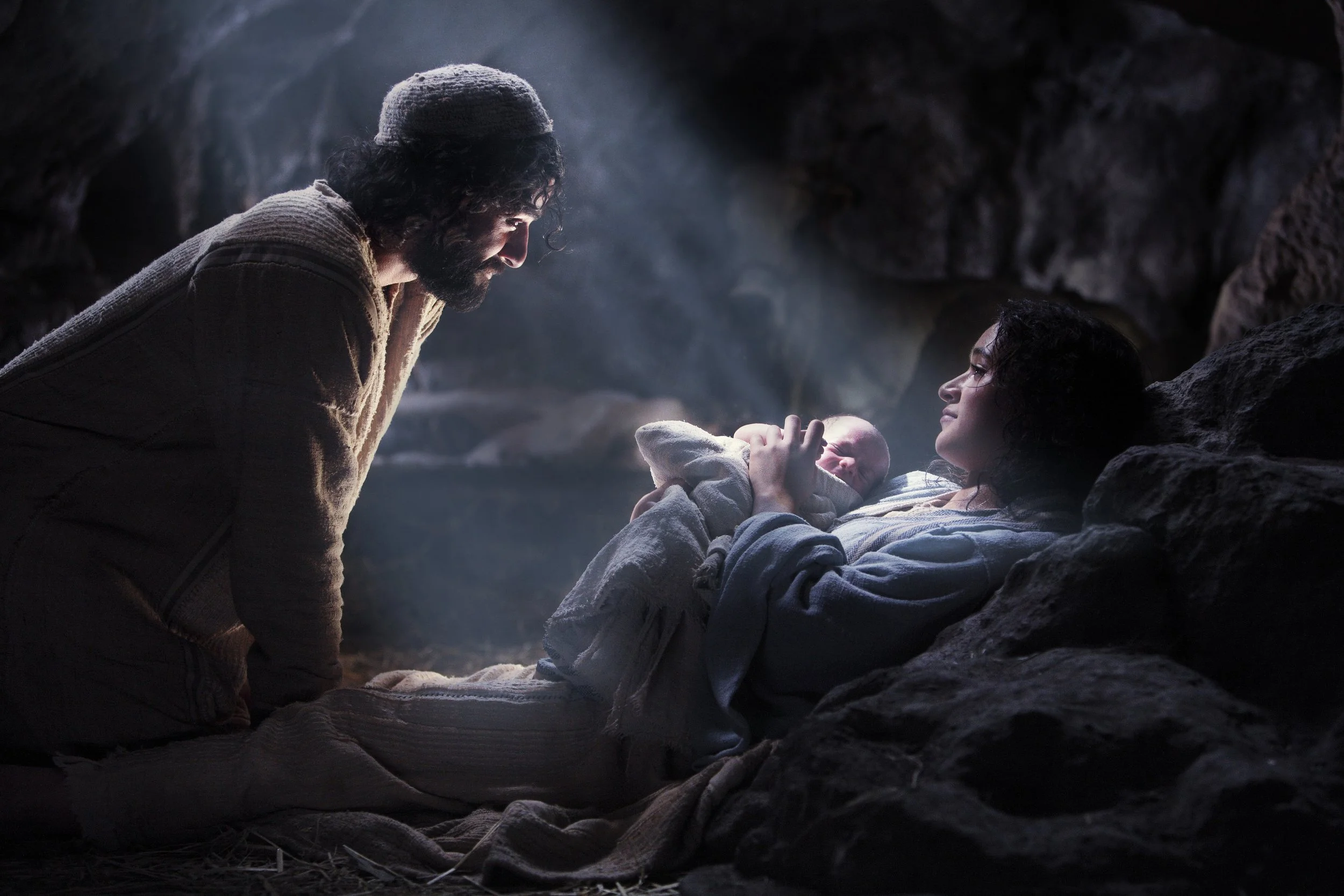Jesus’ Birth: Fulfillment of Old Testament Prophecies and Evidence of His Divinity
The birth of Jesus Christ is one of the most significant and miraculous events in human history. It not only marks the arrival of the Savior of the world but also provides compelling evidence of His divinity, as foretold in ancient prophecies. Remarkably, these prophecies were written hundreds of years before His birth, preserved in the Dead Sea Scrolls, and confirmed by archaeological discoveries. This article explores how Jesus’ birth fulfills Old Testament prophecies, underscoring His divine identity.
Great Isaiah Scroll facsimile, Jerusalem, Israel.
Micah’s Prophecy: The Eternal One Born in Bethlehem
Over 700 years before the birth of Jesus, the prophet Micah foretold the exact location of the Messiah’s birth:
"But you, Bethlehem Ephrathah, though you are small among the clans of Judah, out of you will come for me one who will be ruler over Israel, whose origins are from the days of eternity" (Micah 5:2).
This prophecy is astonishing for several reasons:
Specific Location: Bethlehem, a seemingly insignificant town in Judah, is named as the birthplace of the Messiah. This was not a guess or general prediction—it pinpointed the very town where Jesus would be born.
Eternal Nature: Micah describes the Messiah as being "from the days of eternity," implying an eternal, divine nature. This is not a characteristic of a mere human but of God Himself.
Historical Verification: The book of Micah is part of the Dead Sea Scrolls, confirming its existence centuries before Jesus' birth. The scrolls are dated between 150–100 BC, providing irrefutable evidence that this prophecy predates the nativity by at least 100 years, if not more.
The Gospel of Matthew confirms that Jesus was indeed born in Bethlehem (Matthew 2:1). Moreover, historical tradition holds that Jesus was born in a cave, which is today venerated as the Grotto of the Nativity in Bethlehem. Visitors can still see this site, a physical testament to the fulfillment of Micah’s prophecy.
Grotto (cave) under Church of the Nativity, Bethlehem with traditional site of birth of Jesus.
Isaiah’s Prophecy: A Virgin Birth and God With Us
Another extraordinary prophecy comes from the prophet Isaiah, who, like Micah, lived about 700 years before Christ. Isaiah declared:
"Therefore the Lord himself will give you a sign: The virgin will conceive and give birth to a son, and will call him Immanuel" (Isaiah 7:14).
This prophecy is remarkable for several reasons:
A Virgin Birth: The conception of a child by a virgin is biologically impossible, making it a supernatural sign unique to the Messiah.
God With Us: The name "Immanuel" means "God with us," clearly pointing to the divine nature of the child. This prophecy reinforces the truth that Jesus was not just a man but God incarnate.
Archaeological Confirmation: The authenticity of Isaiah as a historical figure is supported by the discovery of the Hezekiah and Isaiah bullae (seals), found in the same archaeological layer in Jerusalem. These artifacts confirm that Isaiah was a court official under King Hezekiah, as described in the Bible. This connection authenticates the book of Isaiah as contemporaneous with the events it describes.
Seal imprints of King Hezekiah (LHS) and Prophet Isaiah (RHS).
The Gospel of Matthew also confirms that Jesus’ birth fulfilled Isaiah’s prophecy (Matthew 1:22–23). His virgin birth was an unparalleled event, attested by both Mary and Joseph, and recorded in the Gospels.
The Star of Bethlehem: A Divine Portent
The events surrounding Jesus’ birth further point to His divinity. One of the most extraordinary signs was the Star of Bethlehem, described in Matthew 2:1–10. The star led the Magi (wise men) from the East to the exact location of Jesus’ birth. This celestial event is widely regarded as a miraculous sign of divine intervention.
Modern scholars suggest the star may have been an extremely rare planetary conjunction. Around 7–6 BC*, a conjunction of Jupiter and Saturn occurred in the constellation of Pisces. Such events were considered highly significant in ancient astrology and were often interpreted as heralding the birth of a great king. Whether a natural phenomenon or a miraculous creation, the Star of Bethlehem undeniably underscores the divine nature of Jesus’ arrival.
*Scholars estimate the actual birth of Christ around this time. The Gregorian calendar, which introduced the AD system, was miscalculated, and historical evidence suggests Jesus was likely born between 6 and 4 BC
A Question for You: Is Jesus God?
The evidence is overwhelming. Jesus’ birth fulfilled detailed prophecies written centuries earlier, preserved in the Dead Sea Scrolls and supported by archaeological findings. His miraculous virgin birth, His divine title "Immanuel," His eternal origins, and the celestial signs marking His arrival all point to His identity as God incarnate.
John 3:16 declares:
"For God so loved the world that he gave his one and only Son, that whoever believes in him shall not perish but have eternal life."
The question remains: Is Jesus God, the Savior of the world? If these prophecies are true, and Jesus fulfilled them, the answer is a resounding yes.
To explore this further, watch the video content that delves deeper into the life, death, and resurrection of Jesus. The evidence invites you to investigate, reflect, and decide for yourself.
Image courtesy of The Nativity Story, New Line Cinema.

